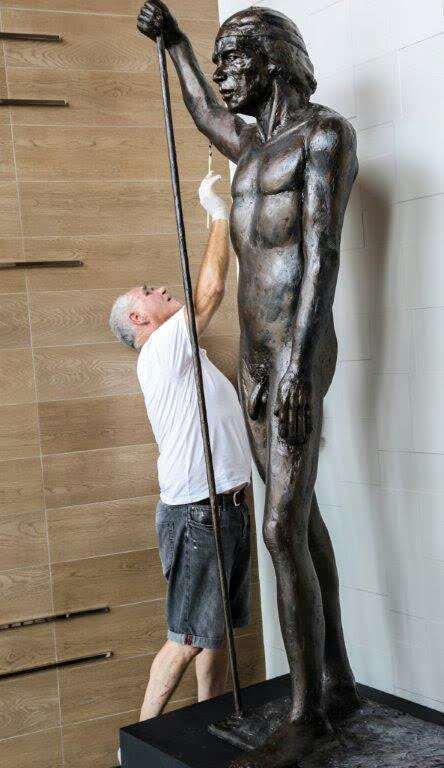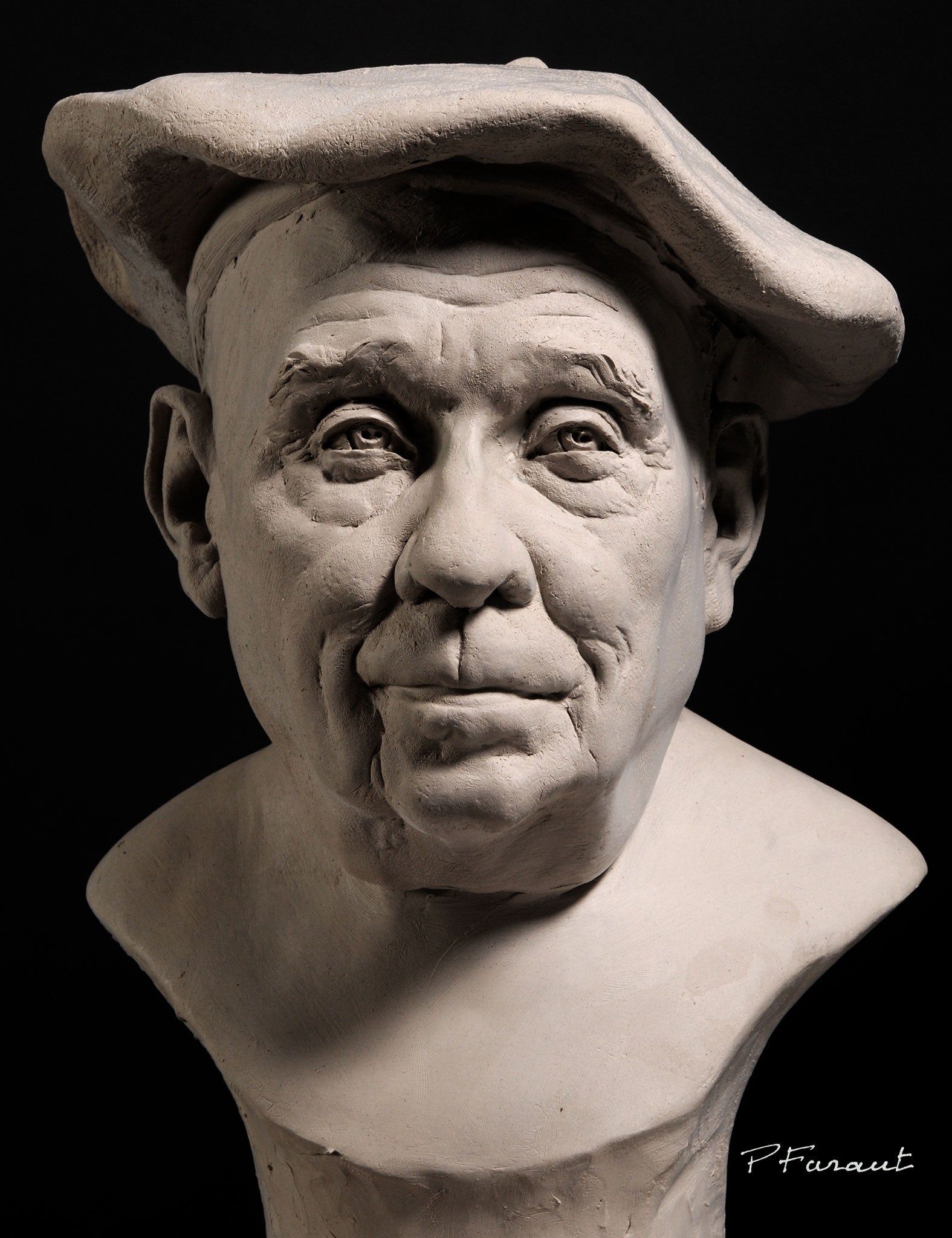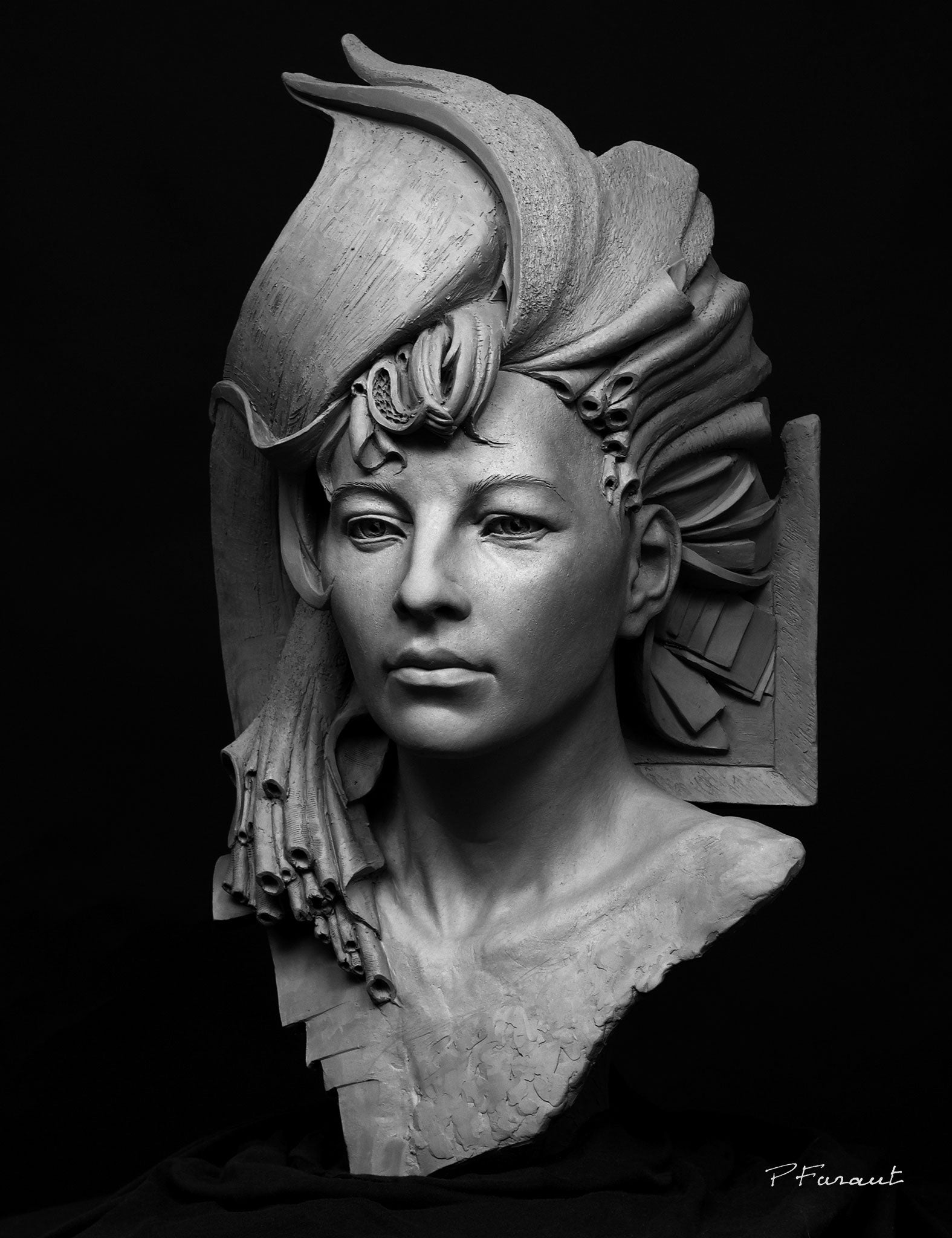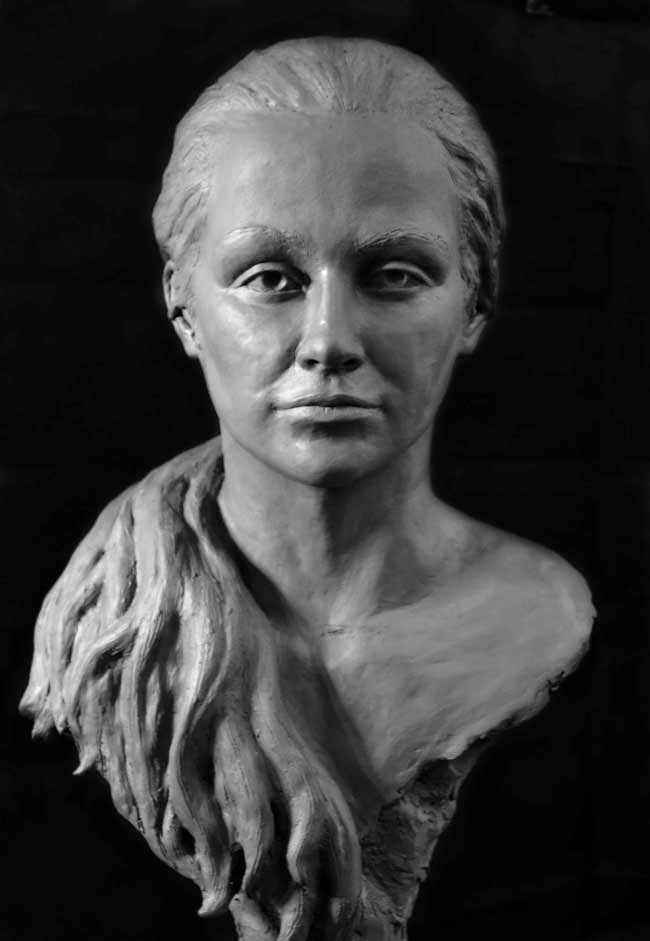The Development of Sculptures: From Old to Modern
The Evolution of Sculptures: From Ancient to Modern. Robert C Hitchcock Sculptor.
Sculpture, among the oldest kinds of art, has actually been an indispensable part of human people for millennia. From the ancient worlds of Egypt and Greece to the modern age, sculptures have actually progressed, showing changes in imaginative techniques, materials, and social influences. This trip with time traces the development of sculptures, discovering the changes stylishly, subject matter, and creative expression.
Beginning with the ancient globe, sculptures crafted from rock and later bronze recorded the significance of divine beings, rulers, and everyday life. The Renaissance period experienced a rebirth of timeless sculpting methods, as musicians looked for to replicate the stylish kinds of ancient Greek and Roman sculptures (Bronze Sculptures). In the modern age, artists challenged conventional boundaries, embracing abstraction and experimentation with brand-new products
This exploration will certainly delve right into the varied development of sculptures, disclosing the rich tapestry of artistic expression throughout different periods and cultures.

Old Sculptures: From Rock to Bronze
Old sculptures transitioned from being carved out of stone to being cast in bronze. This change marked a considerable evolution in the art of sculpture, enabling better improvement and information in the completed jobs. Rock sculptures, while remarkable in their very own right, were restricted by the nature of the product. Rock called for substantial sculpting and forming, often leading to a more streamlined depiction of the topic.
The intro of bronze as a tool for sculptures caused a transformation in artistic expression. Bronze provided sculptors the possibility to produce complex and realistic kinds that were not possible with stone. The procedure of casting bronze permitted for the development of numerous copies of a sculpture, making it possible for broader circulation and preservation of these imaginative masterpieces.
The change from rock to bronze also saw a change in the topic of sculptures. While stone sculptures predominantly portrayed gods, goddesses, and mythological figures, bronze sculptures started to show a wider range of topics, including everyday people and animals. This development of subject matter showcased the convenience and adaptability of the bronze medium.
Renaissance Revival: Shaping in the Classic Design
The Renaissance revival of sculpture witnessed a resurgence in the timeless style, building upon the advancements made throughout the transition from stone to bronze in old sculptures. During this duration, artists sought to recreate the timeless visual and ideals of elegance that were widespread in ancient Greek and Roman sculptures.
One of the key features of the Renaissance rebirth was the emphasis on naturalism and the human form. Artists like Donatello and Michelangelo strove to record the anatomical details and expressions of their topics with unmatched precision. They studied the body and incorporated their monitorings into their sculptures, leading to natural and sensible representations.
Another crucial element of the Renaissance resurgence was the expedition of viewpoint and depth. Musicians made use of techniques such as contrapposto, where the weight of the body is moved to one side, producing a feeling of activity and dynamism. They also explore different materials, including marble and bronze, to achieve a degree of refinement and ins and out in their sculptures.

Modernism and the Avant-Garde: Damaging Typical Limits
Throughout the Innovation and Avant-Garde activities, carvers pushed the boundaries of traditional creative conventions. This duration, which arised in the late 19th and very early 20th centuries, saw a dramatic change in the method musicians came close to sculpture. Turning down the idea of art as plain imitation, modernist carvers sought to explore new forms, materials, and principles.
One of the vital qualities of modernist sculpture was the emphasis on abstraction. Artists relocated far from sensible representations and instead concentrated on capturing the essence of the topic with streamlined forms and geometric shapes. This separation from typical representation allowed artists to reveal their feelings and concepts in a more personal and subjective way.

Contemporary Sculptures: Exploring New Materials and Concepts
With a concentrate on checking out brand-new products and principles, modern sculptures have transformed the field of art. Artists today are pressing the borders of traditional sculpture by utilizing ingenious materials and exploring with abstract ideas. These sculptures challenge traditional concepts of materiality, significance, and kind, welcoming customers to take part in a provocative and brand-new imaginative experience.
Contemporary artists are accepting a wide variety of products, consisting of plastic, glass, click for more metal, and even raw material. They are not restricted to the typical tool of stone or clay, enabling greater freedom of speech and testing. This shift in the direction of unusual products has opened up new possibilities for artists to create sculptures that are vibrant, interactive, and visually striking.
In addition to exploring brand-new materials, contemporary sculptures also dig right into complex and abstract principles. Artists are now exploring themes such as identification, social problems, and the environment, making use of sculpture as a powerful tool for social commentary and self-contemplation. These sculptures test viewers to assume critically and engage with art on a much deeper degree, triggering discussions and provoking psychological reactions.
Global Influences: Sculptural Traditions From Worldwide
Sculptural traditions from numerous areas of the world have actually dramatically shaped the advancement of sculptures throughout history. The worldwide influences on sculpture have actually been diverse and have actually contributed to the richness and selection of artistic expressions. From the old civilizations of Egypt, Greece, and Rome to the detailed carvings of Oriental societies, each area has actually established its distinct sculptural customs that have influenced musicians throughout time.
In ancient Egypt, sculptures were produced primarily for religious and funerary purposes. The legendary sculptures of pharaohs and gods, such as the Great Sphinx and the breast of Queen Nefertiti, showcase the Egyptians' proficiency of rock carving and their belief in the immortality.

In ancient Rome, sculpture served both political and artistic functions. Roman sculptures often depicted emperors, generals, and mythological numbers, mirroring the power and splendour of the realm. The marble sculpture of Augustus of Prima Porta and the huge Arch of Constantine are noteworthy instances of Roman sculptural success.
Asian sculptural practices, particularly in India, China, and Japan, have likewise had an extensive effect on the evolution of sculptures. Indian sculptures, such as the intricately carved holy places of Khajuraho and the colossal statues of Buddha, display a rich combination of spiritual, mythical, and architectural elements. Chinese sculptures, defined by their fine craftsmanship and interest to information, often depict divine beings, pets, and legendary figures. Japanese sculptures, influenced by Buddhism, emphasize simpleness and peace, seen in the serene statues of Buddha and the elegant art of bonsai.
The worldwide influences on sculpture continue to evolve in the contemporary age. Artists today draw inspiration from numerous sculptural customs, integrating brand-new products, methods, and ideas to create cutting-edge and provocative art work. The combination of different social impacts has generated a diverse and vibrant sculptural landscape, mirroring the interconnectedness of our international society. As we look to the future, it is specific that the international influences on sculpture will remain to shape and redefine this old art form.
Conclusion
Finally, the development of sculptures has actually seen a shift from old stone and bronze works to the timeless resurgence throughout the Renaissance. This was complied with by the splitting of conventional boundaries with innovation and the avant-garde activity. Today, modern sculptures explore brand-new materials and principles, while also attracting inspiration from worldwide sculptural customs. The trip of sculptures reflects the ever-changing imaginative expressions and cultural influences throughout background.
From the ancient human beings of Egypt and Greece to the modern age, sculptures have advanced, reflecting changes in creative strategies, products, and cultural impacts.Starting with the ancient world, sculptures crafted from rock and later on bronze recorded the significance of deities, rulers, and daily life.Old sculptures transitioned from being sculpted out of rock to being cast in bronze. While rock sculptures predominantly shown gods, sirens, and mythological figures, bronze sculptures began to reflect a wider variety of subjects, consisting of everyday people and animals.In conclusion, the evolution of sculptures has actually seen a shift from ancient stone and bronze works to the classic rebirth throughout the Renaissance.